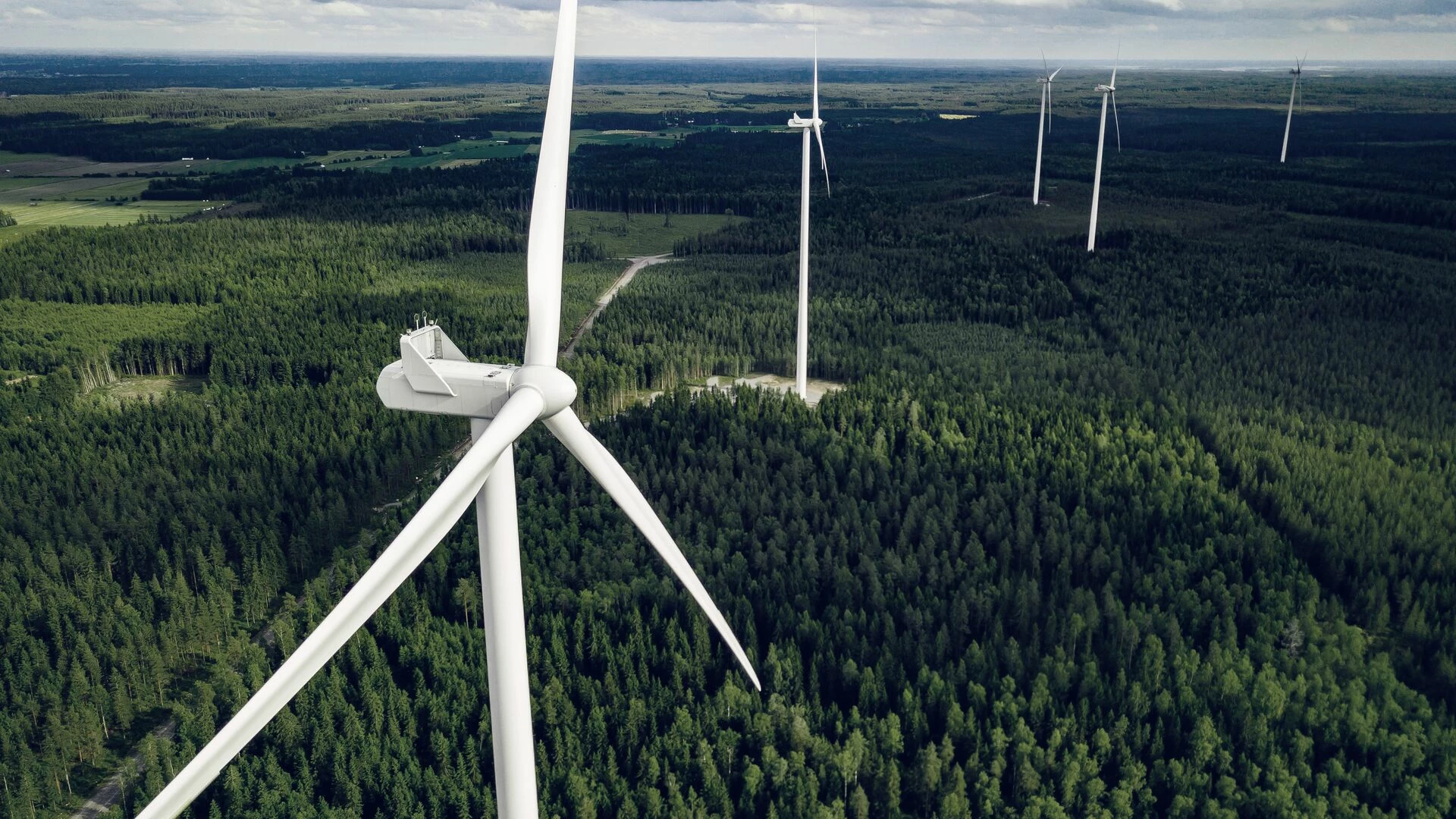We have witnessed continuous development in the sustainable loan market over the past one to two years, where two main loan types have emerged. Green loans link the use of funds to green projects. Sustainability-linked loans link their rate of interest to the borrower’s performance on environmental or sustainability criteria, to motivate the borrower to improve their sustainability work. The market has been growing rapidly over the past two to three years and, according to Bloomberg, is on its way to beat the record again in 2019. The significant growth can, among other reasons, be attributed to a more scalable approach in comparison to the green bond market, allowing also many smaller companies to enter the loan market and demonstrate their sustainability work.
A new market evolving
Growth in sustainability-linked loans has so far stemmed from loans to corporates in Europe. Why are banks doing sustainable loans? At Nordea we believe that showing our green and sustainability expertise and being able to structure green loans can provide us with a commercial edge.
The Sustainability Linked Loan Principles are voluntary and have been developed by the Loan Market Association (LMA), Loan Syndications and Trading Association (LSTA) and the Asia Pacific Loan Market Association (APLMA). Nordea was the only Nordic bank in the working group that developed the Principles.
For a loan to be regarded as sustainability-linked, under the SLLPs, a borrower’s performance is to be measured against pre-agreed Sustainability Performance Targets (SPTs). These targets are specific to each financing and may include external ratings or key performance indicators (KPIs).
As the market for sustainable loans continues to grow, there is a need for harmonisation, common guidelines and potentially even regulation. We take a deeper look at market mechanisms in place and the suggested harmonisation from regulators, all designed to increase transparency, harmonisation and investor protection.
In March this year, the Sustainability-linked Loan Principles (SLLP) were launched, giving more evidence of sustainability-linked loans’ exponential growth (Green Loan Principles (GLP) were launched already in 2018) and the need to provide guidelines designed to capture basic characteristics of the loans. The intention of the principles is to promote the development and safeguard the integrity of the loans.
The principles are based on 4 components, intended to motivate borrowers to:
- Set relevant Sustainability Performance Targets (SPTs)
- Communicate sustainability objectives, as set out in the corporate social responsibility strategy and explain how objectives are in line with the proposed SPTs
- Yearly reporting on the borrowers’ progress toward the SPTs; and
- Ensure external review of its performance against the SPTs
“We are proud to have been part of the working group developing the SLLP. As the market keeps growing, so does the need for a harmonized, common approach that helps the overall market to take the next step in making this a more mainstream approach to bank financing,” commented Jacob Michaelsen, Head of Sustainable Finance Advisory, Nordea.




